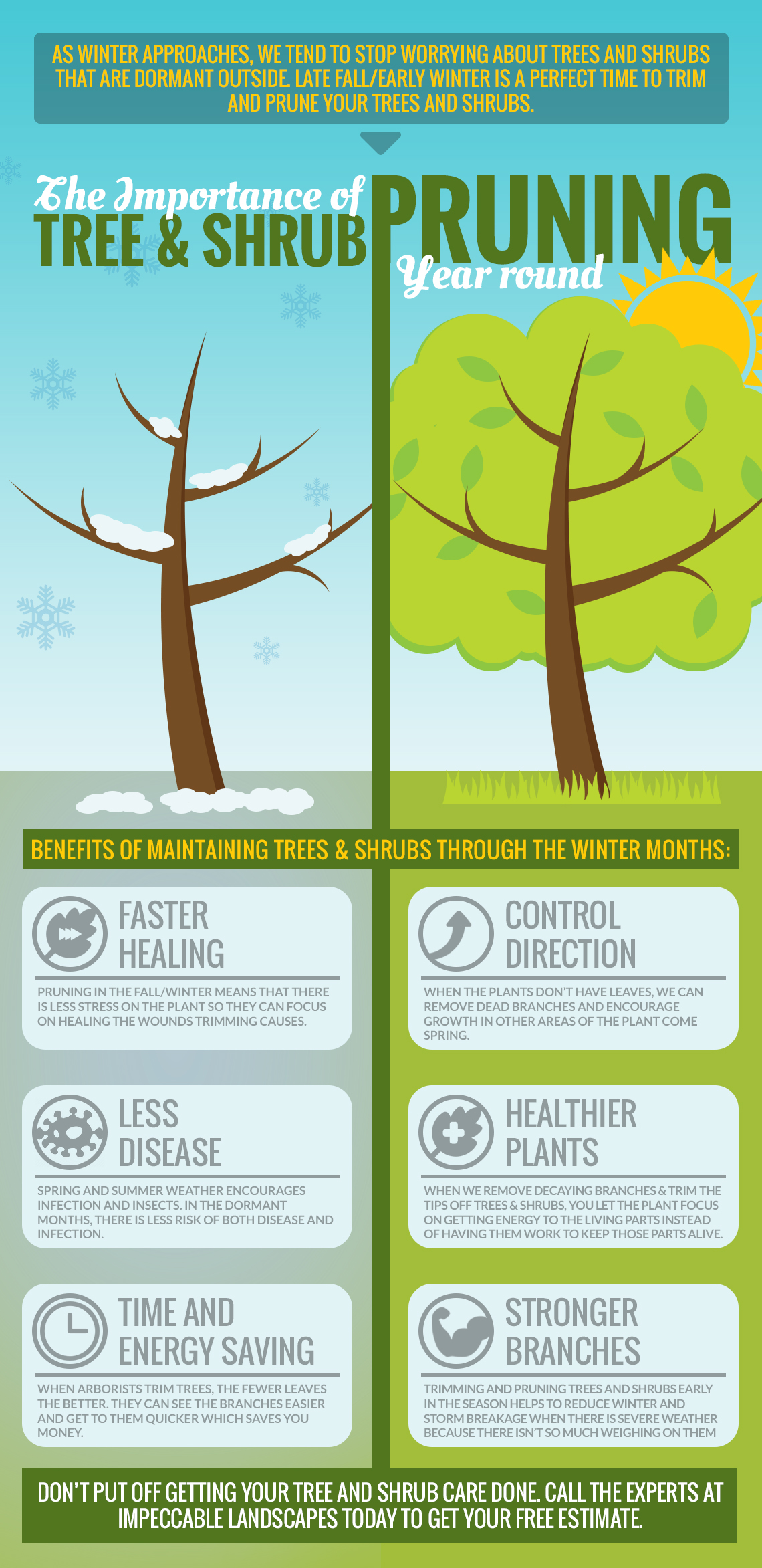Post-Tree Removal Maintenance Is Essential For Recovering Your Landscape; Learn Crucial Steps To Rejuvenate Your Area And Avoid Potential Issues
Post-Tree Removal Maintenance Is Essential For Recovering Your Landscape; Learn Crucial Steps To Rejuvenate Your Area And Avoid Potential Issues
Blog Article
Created By-Franks Deal
After a tree's removal, your landscape may look fairly different, and it's important to analyze the results meticulously. How To Grind A Stump 'll want to assess the soil disruption and inspect bordering plants for any signs of anxiety. Neglecting these elements can result in larger problems down the line. So, what should you perform with those stumps and origins? And just how do you select the most effective plants for your revitalized space? Let's discover these crucial steps.
Evaluating the Results: Examining Your Landscape
After a tree elimination, it's important to analyze your landscape to recognize the impact it has on your backyard.
Begin by analyzing the location where the tree stood. Search for signs of soil disturbance, and examine the bordering plants for any anxiety or damage.
You should additionally take note of exactly how the removal has changed sunlight exposure and air flow in your yard. This shift can affect the development of neighboring plants, so it's necessary to review their health and wellness.
Take into consideration the visual elements also; the elimination may develop an open space that you can upgrade.
Lastly, consider any kind of prospective disintegration problems that might develop from the tree's lack. Resolving these variables early will assist restore balance to your landscape.
Managing Stumps and Roots: Options for Removal
As soon as you've evaluated the aftermath of the tree elimination, you'll likely require to take on the stump and roots left behind.
You have a few alternatives for elimination. One efficient approach is stump grinding, where a specialist makes use of a machine to grind the stump down to underground degree. This approach leaves marginal disturbance to your landscape.
If you prefer a DIY approach, you can use a combination of excavating and chemical stump cleaners. Just keep in mind, this process can require time and effort.
Alternatively, think about leaving the stump as an all-natural attribute, which can work as a distinct garden aspect or environment for wildlife.
Whatever you choose, resolving the stump and origins is important for restoring your landscape.
Selecting the Right Plant Kingdoms for Your New Area
As you analyze your newly gotten rid of room, picking the right plants can considerably boost your landscape's elegance and functionality.
Beginning by taking into consideration the sunlight and soil conditions. For warm areas, select drought-resistant plants like lavender or succulents. In shaded places, ferns and hostas flourish well.
Think about the dimension and growth routines of your plants; mix perennials and annuals for seasonal selection. Do not forget to integrate indigenous varieties; they require less upkeep and support local wildlife.
Team plants in odd numbers for a more all-natural appearance and produce layers for visual depth.
Lastly, guarantee you have a mix of colors and textures to maintain your landscape vibrant throughout the seasons.
Tree Pruning Sealer growing!
Verdict
In conclusion, restoring your landscape after tree removal is a gratifying process. By analyzing the aftermath, dealing with stumps and origins, and picking the right plants, you'll develop a thriving atmosphere. Do not neglect to incorporate erosion control measures to safeguard your dirt. With a little initiative and care, you can transform your area right into a vivid garden that improves your property. Embrace the opportunity to renew your landscape and delight in the charm of nature right in your backyard!
